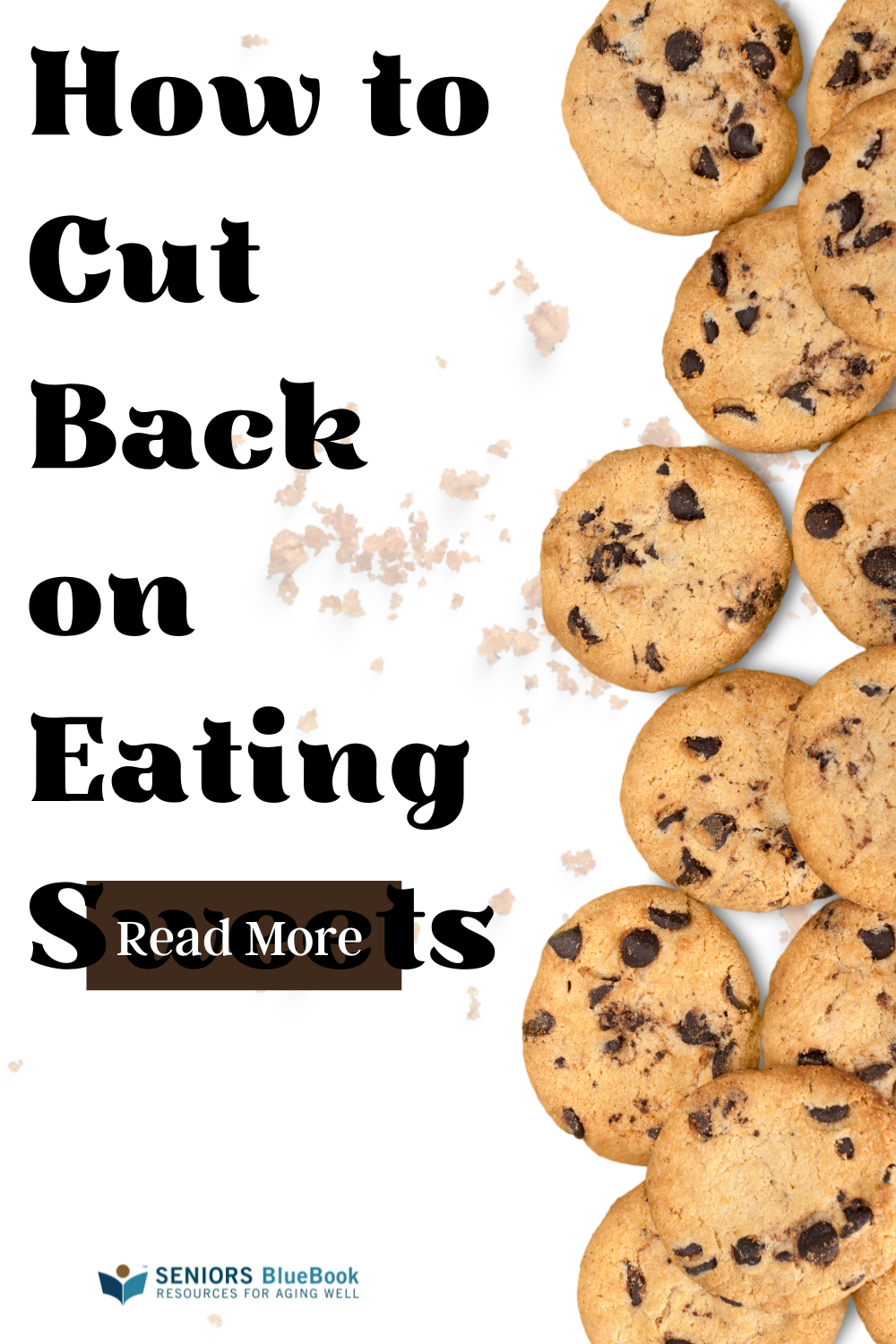You know that eating extra sugar can lead to weight gain, Type 2 Diabetes, heart disease, and a whole host of health problems. Yet here you are reaching for the candy jar on your desk or accepting yet another homemade dessert from a co-worker. Before you go beating yourself up about lack of willpower, know that we are born with an innate preference for sweets. Although our preference for nutrient dense foods led to our survival as a species, nowadays our easy access to tasty, energy dense foods have led to an obesity epidemic.
So what can you do to change your behavior? Begin by taking some time to analyze why you are eating sweets and strategize a change.
Rethink your meals
Skipping meals, like breakfast, leaves you vulnerable to getting overly hungry and increases the likelihood of grabbing a sweet pick-me-up. Start planning ahead. Factor in enough time in your day to eat meals. After all, food is fuel and to function optimally you need to fuel-up. If time is a factor, plan some easy meals like Greek yogurt, fruit, and a handful of nuts or a slice of whole grain avocado toast, a hardboiled egg, and a fruit.
Your meal choice can also affect your desire for sweets. When you eat a bowl of cereal, which is highly refined, it spikes your blood sugar and drops it an hour or two later. Then, you’re hungry and reaching for another sugar fix. Time to rethink your breakfast selection. Plan a more balanced breakfast, including three different food groups, one of them being a good protein source and another a good source of fiber. The protein and fiber will provide more staying power, so you’ll be less likely to search for a snack midmorning.
You should plan your snacks, too. If there’s a long time between meals and you have nothing to snack on but the candy jar on your desk or the vending machine down the hall, that’s what you’ll be eating. Get rid of the candy jar – out of sight out of mind! Start bringing in healthier snacks. Plan snacks that have staying power such as a handful of nuts, fresh fruit, a sandwich bag of fresh vegetables, Greek yogurt, or a hardboiled egg.
Brush up on your sugar knowledge
If you have a hard time cutting back on the sweets, another thing to sharpen up is your nutrition IQ and the sugar content in foods. Over the years, food manufactures have added more and more sugar to our food supply. Just to be clear, I am not talking about the sugar that occurs naturally in fruit, milk, sweet potatoes, and carrots. The sugar in these foods are paired with vitamins, minerals, and often fiber; healthy nutrients that we need. These unprocessed foods take longer to digest, have a more blunted rise to our blood sugars, and are more likely to make us feel full.
Obviously, there is a lot of added sugar in pop, candy, and cookies, but when you look at food labels you’ll notice the added sugar in other items, such as spaghetti sauce, granola bars, salad dressings, yogurt, and prepared meals. The newly revised food labels not only tell us how much sugar is in that food, but how much of that sugar is added as opposed to occurring naturally. It may be helpful to visualize that four grams of sugar equals one teaspoon of sugar. Seeing that a bottle of sweet tea has 48 grams of sugar or 12 teaspoons of sugar may inspire you to quit sugar sweetened drinks cold turkey. The American Heart Association advises women and children to limit added sugar to 6 teaspoons or 25 grams of sugar a day, whereas men should limit their sugar intake to 9 teaspoons or 36 grams of sugar per day.
Give yourself some time as you start to reduce sugar in your diet; change doesn’t happen overnight. You will find that you are more successful working on one aspect of your eating pattern at a time, like eating healthier snacks rather than trying to change everything overnight. As you grow accustomed to eating less processed foods, you will probably find those sugary foods lose their appeal.
Deborah Karl, LD, RD, CDE, is the program coordinator at the ProMedica Diabetes Care Center.


